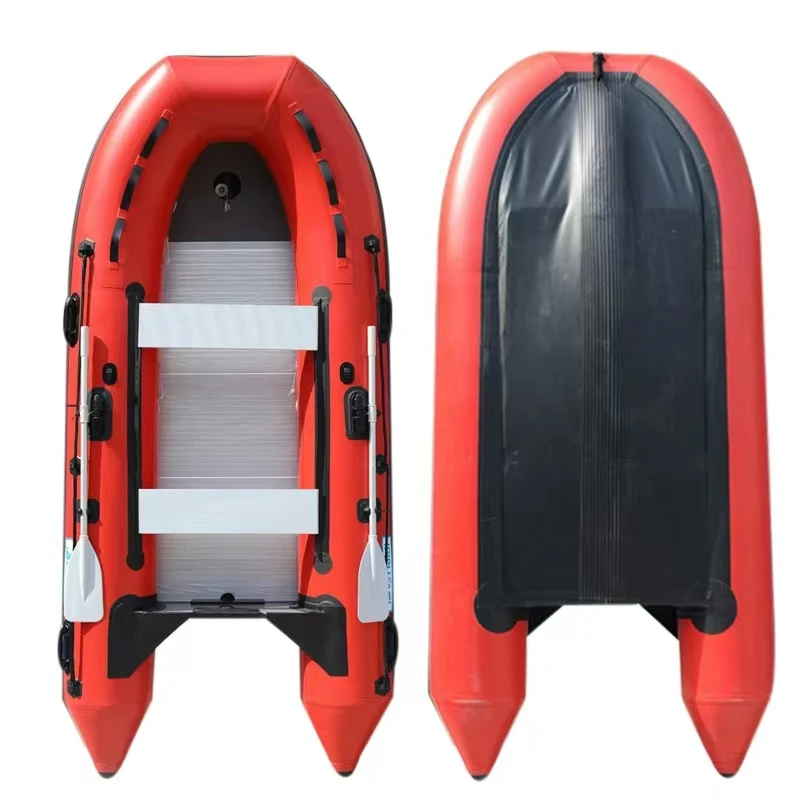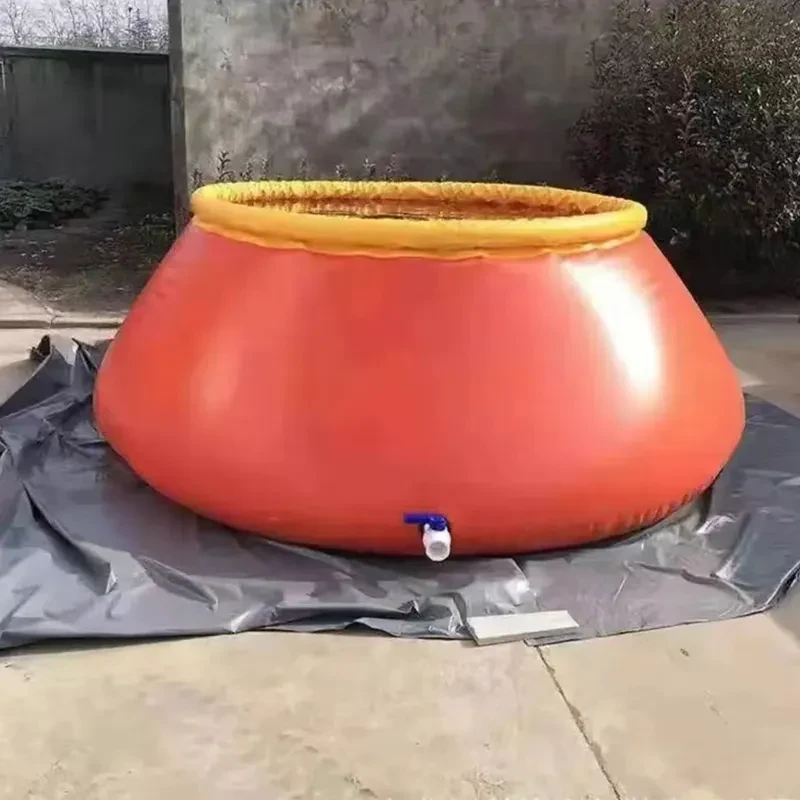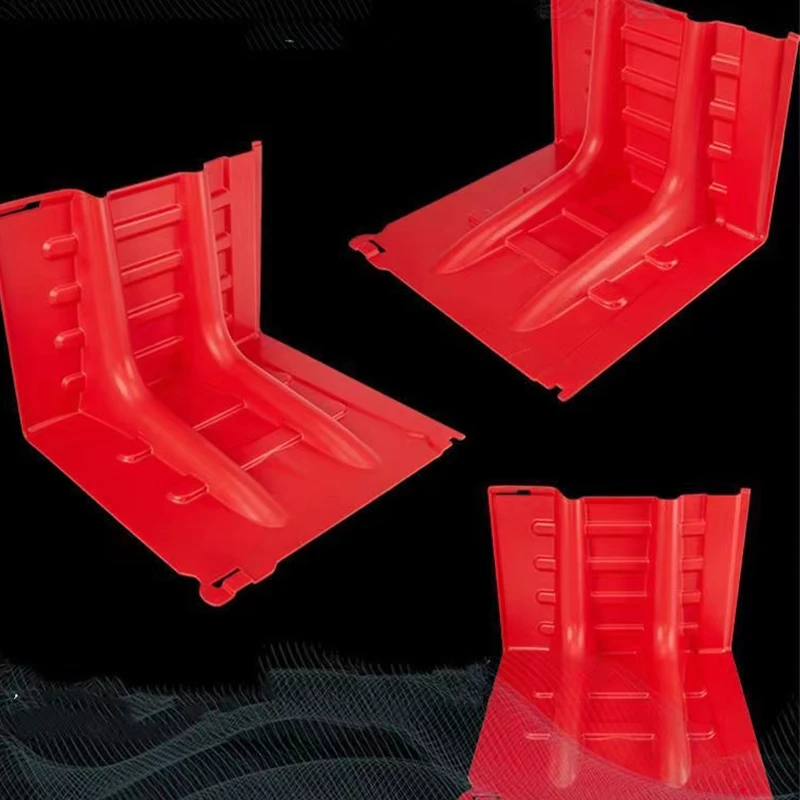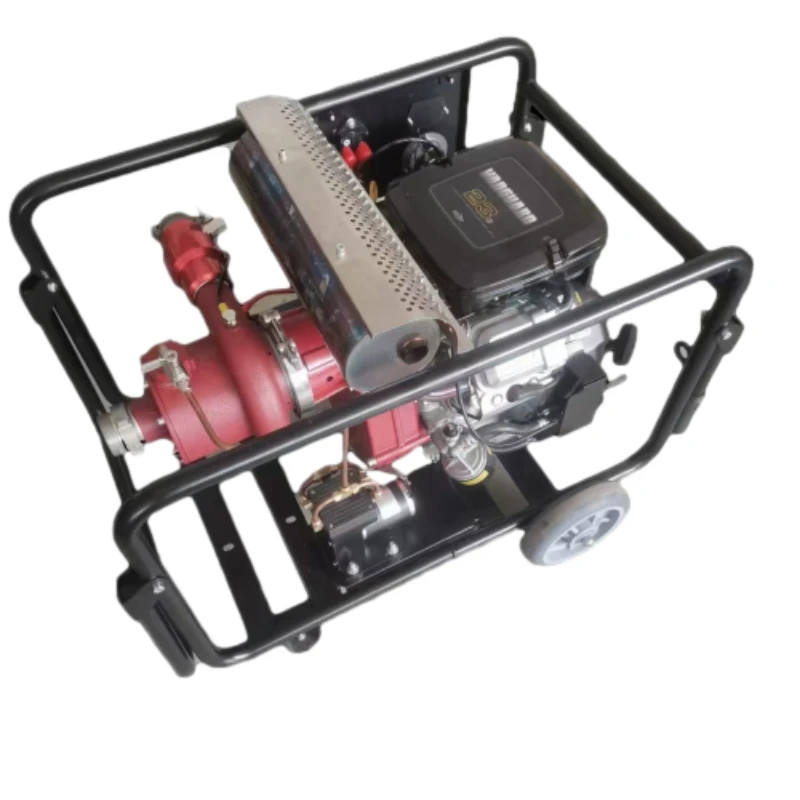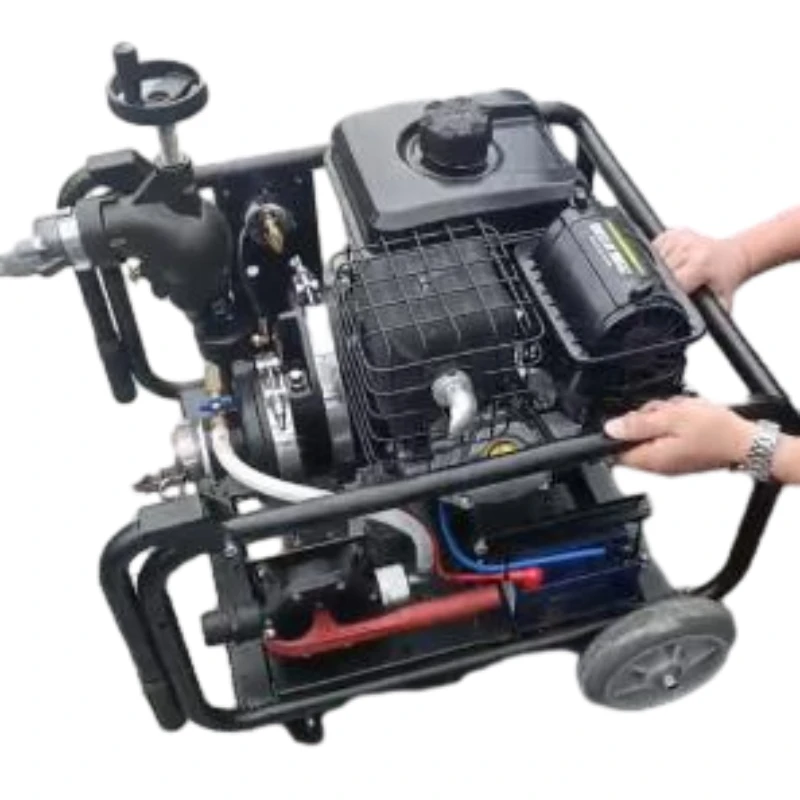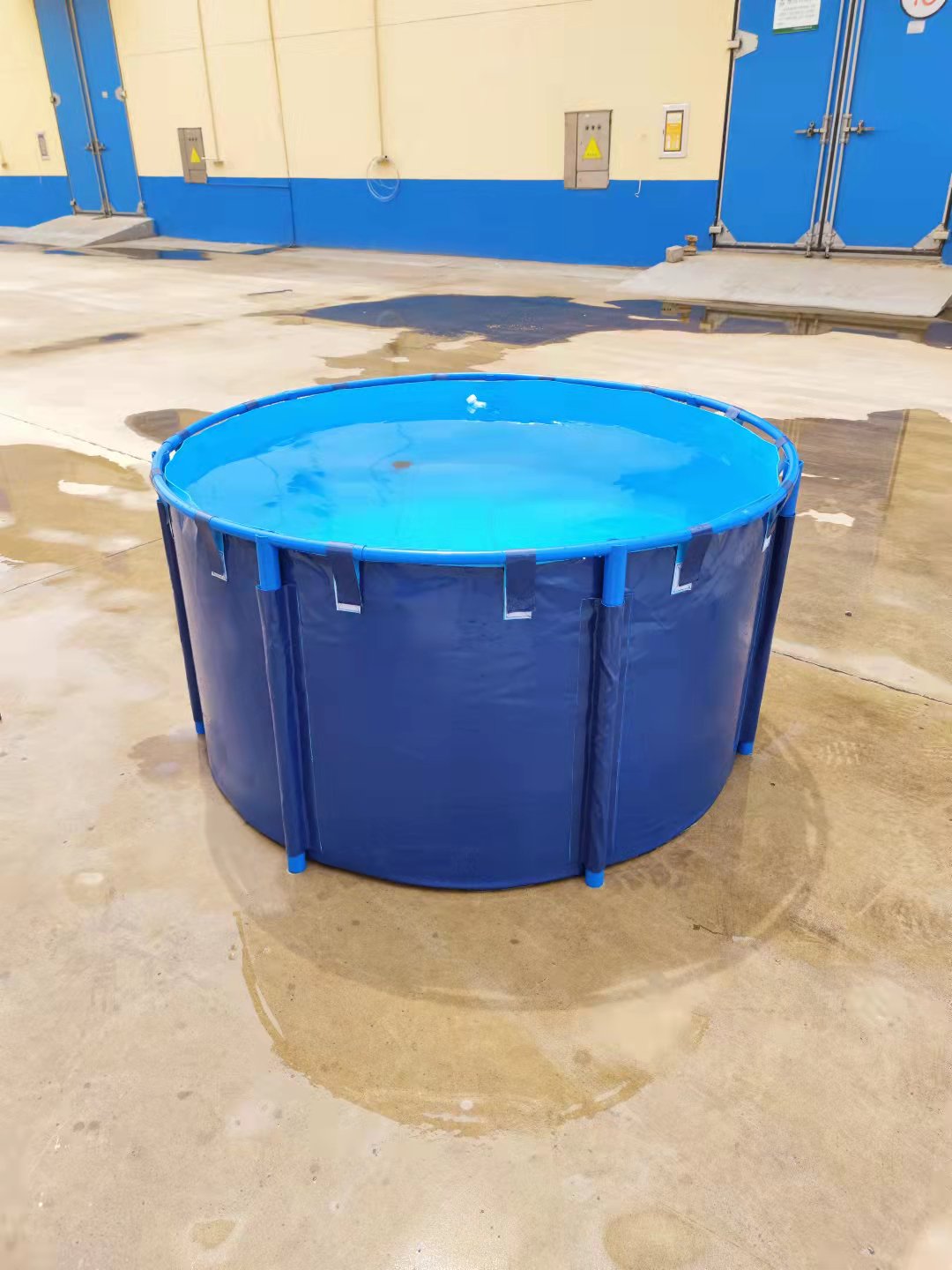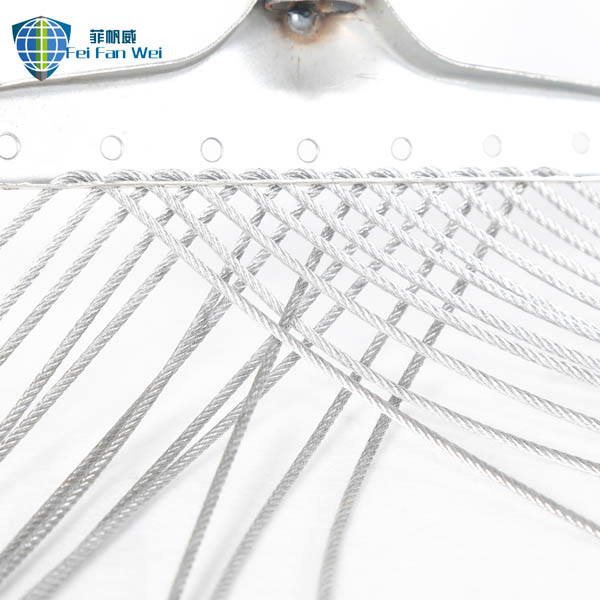- Introduction to fire pump handbook
and its significance in fire protection systems - Understanding key components: Fire pump jockey pump and its operational benefits
- Technical advancements enhancing fire pump reliability and performance
- Comparing major manufacturers: A data-driven approach
- Customized solutions for diverse applications and compliance requirements
- Real-world case studies demonstrating application and outcomes
- Conclusion: Integrating insights from the fire pump handbook to ensure optimal fire safety
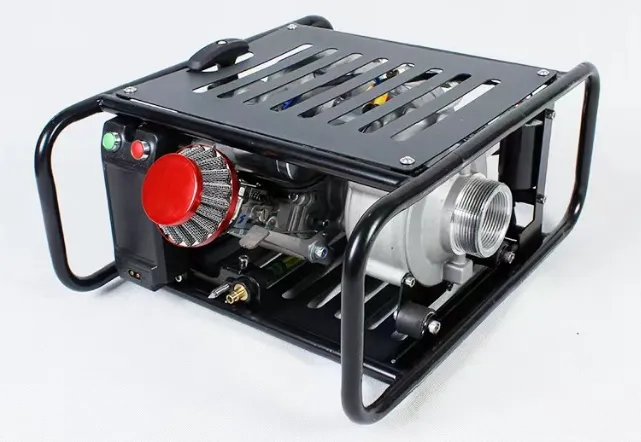
(fire pump handbook)
Fire Pump Handbook: Foundational Resource for Fire Safety Systems
The fire pump handbook has established itself as an essential reference in the realm of fire protection engineering. Serving architects, facility managers, and fire safety professionals worldwide, this comprehensive manual compiles international standards, code compliance criteria, and hands-on guidance for designing, installing, operating, and maintaining fire pump systems. In the wake of escalating urban infrastructure development and rising fire incidents, the global fire pump market was valued at USD 1.5 billion in 2022, and is projected to reach USD 2.1 billion by 2027, reflecting increasing investments in fire safety.
According to statistics from the National Fire Protection Association (NFPA), more than 60,000 building fires are reported in commercial and industrial facilities each year in the United States alone, underlining the need for reliable fire suppression equipment. The fire pump handbook brings together best practices that significantly reduce the risk of operational failure—which accounts for approximately 20% of fire-related property loss due to insufficient water supply or system malfunction. This resource guides users from pump selection and hydraulic calculations through routine performance testing, emphasizing proactive risk management strategies for mission-critical facilities.
Understanding the Role and Benefits of the Fire Pump Jockey Pump
A pivotal yet often under-recognized player in the fire suppression system is the fire pump jockey pump. Designed to sustain system pressure and compensate for small leaks or pressure drops, the jockey pump for fire pump ensures the main fire pump does not activate unnecessarily, thereby extending its operational lifespan. The standard jockey pump, typically sized at 3-10% of the main pump’s flow rate, begins operation automatically when system pressure decreases slightly below a preset threshold—restoring the required pressure and then shutting off.
The presence of a properly specified fire pump jockey pump helps to prevent short-cycling of the main fire pump, which can otherwise lead to premature motor failure, excess energy consumption, and higher maintenance expenses. A 2021 survey of facilities managers reported that installations with adequately sized jockey pumps experienced 35% fewer unplanned fire pump starts and a 22% reduction in servicing costs. Industry standards, such as NFPA 20, further stipulate the need for reliable jockey pump operation to maintain fire system integrity during standby periods.
Technical Advancements Enhancing Fire Pump System Reliability
As fire safety technology evolves, manufacturers continue to integrate cutting-edge features into fire pump units and their components. Modern systems are equipped with variable frequency drives (VFDs), smart alarm interfaces, remote monitoring, and predictive analytics for predictive maintenance. These technological leaps have had a measurable impact on reliability—data from the Fire Protection Research Foundation indicates that facilities utilizing advanced control panels and remote monitoring reduced unplanned outages by 27% compared to sites using legacy systems.
Enhanced corrosion-resistant alloys, modular construction for simplified replacements, and sensor-driven diagnostics improve system resilience in harsh or high-humidity environments. Additionally, smart jockey pumps featuring built-in self-test routines and networked PLCs (Programmable Logic Controllers) can automatically log operational history, flagging discrepancies or minor leaks before escalation. Data-driven analytics tools, built into premium fire pump systems, deliver actionable insights to optimize pump scheduling, reduce false alarms, and minimize lifecycle costs. By embracing these innovations, facilities reinforce compliance, lower insurance premiums, and increase the probability of first-response effectiveness during incidents.
Fire Pump Manufacturers Comparison: Data-Driven Evaluation
Selecting the right fire pump and jockey pump supplier is a critical decision influenced by system requirements, regulatory standards, support services, warranty terms, and total ownership cost. The table below analyzes leading fire pump manufacturers—Peerless, Pentair (Aurora), Xylem (Bell & Gossett), and Grundfos—using key performance and support metrics.
| Manufacturer | Avg. Main Pump Efficiency (%) | Jockey Pump Integration | Certification (NFPA/FM/UL) | Remote Monitoring | Warranty (years) |
|---|---|---|---|---|---|
| Peerless | 76 | Smart VFD Options | Yes / Yes / Yes | Included | 5 |
| Pentair (Aurora) | 74 | PLC Managed | Yes / Yes / Yes | Optional | 3 |
| Xylem (Bell & Gossett) | 72 | Modular Package | Yes / Yes / Yes | Included | 4 |
| Grundfos | 78 | Integrated Design | Yes / Yes / Yes | Included | 5 |
The comparison highlights considerable differences in main pump efficiency, with Grundfos and Peerless leading. Integrated VFD jockey pumps and remote diagnostics are now standard or available upgrades with most top brands. Compliance with international certifications (such as NFPA, FM, and UL) is essential for project approval and insurance qualification. Warranty duration and after-sales support further differentiate supplier offerings.
Tailored Solutions: Designing Fire Pump Setups for Unique Needs
Optimal fire protection is rarely achieved with off-the-shelf equipment alone. Facility-specific risks, local codes, and site logistics mandate a customized approach for fire pump and jockey pump configuration. For example, pharmaceutical labs may require stainless steel wet end construction to withstand chemical exposure, matrix redundancy for critical zones, and low-noise jockey pumps for sensitive environments. Meanwhile, transport hubs and warehouses need rapid restart functionality and extended run tanks for backup during power failures.
Custom design services provided by leading manufacturers include CFD (Computational Fluid Dynamics) modeling, pump selection based on AHJ (Authority Having Jurisdiction) standards, integration with IoT platforms for remote alerting, and modular skid fabrication for fast site deployment. Data demonstrates that tailored system engineering reduces incident response time by up to 18% and can lower maintenance costs by 12% over the first five years, particularly when predictive analytics are embedded. Coordination with MEP (Mechanical, Electrical, Plumbing) teams and early stakeholder engagement further smooth the path to project approval and effective commissioning.
Application Case Studies: Real-World Performance and Lessons Learned
Case Study 1: Urban Medical Center, New York City. A hospital complex with 650 beds completed a retrofitting project by upgrading to an intelligent fire pump array, including a VFD-controlled jockey pump. Fire response audits revealed pump start-up times fell from 29 seconds to under 11 seconds, with system downtime reduced by 43%.
Case Study 2: Automotive Parts Manufacturing Facility, Detroit. Facility managers installed a dual-jockey pump configuration to ensure redundancy, driven by risk assessment findings. The result: main fire pump activation events dropped by 39% within the first year, and unplanned maintenance calls for the entire fire suppression system fell by 25%.
Case Study 3: Mixed-Use Commercial Tower, Dubai. An integrated digital control solution upgraded fire pumps and jockey pumps with real-time alarm reporting to security teams’ mobile devices. The system proved its worth within six months, rapidly identifying several minor leaks before escalation and maintaining full compliance during surprise insurance audits.
These examples underscore the tangible, measurable benefits of integrating principles and recommendations from the latest fire pump handbook. From operational efficiency and system longevity to improved audit result rates, the value of engineered solutions is clear and quantifiable.
Integrating Fire Pump Handbook Insights for Safer Environments
As organizations face stricter fire safety mandates and the threat landscape continues to evolve, the insights distilled in the fire pump handbook—from fundamental design criteria to cutting-edge technology adoption—enable a proactive, cost-effective, and sustainable approach to fire protection. The proper selection, installation, and maintenance of both main fire pumps and jockey pumps translates directly into greater operational readiness, minimized insurance liability, and—ultimately—saved lives.
By benchmarking performance data, rigorously comparing available manufacturers, and leveraging fully custom, professionally engineered solutions, facility stakeholders significantly increase their margin of safety and regulatory compliance. Moving forward, periodic reviews and staying abreast of handbook updates will be instrumental in realizing the full potential of any fire safety strategy, reinforcing resilience for communities and businesses alike.
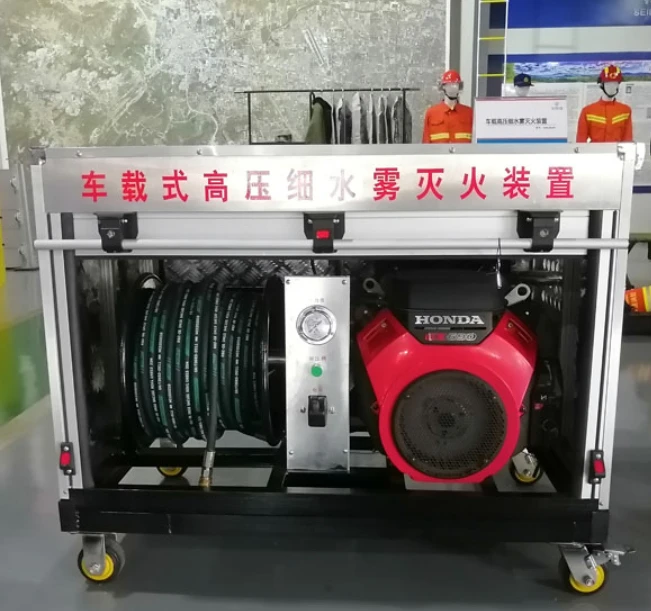
(fire pump handbook)









